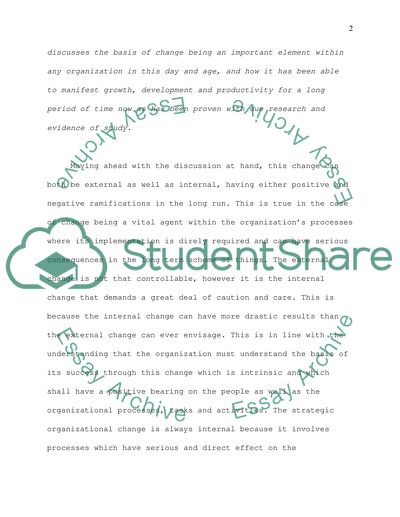Cite this document
(“Planning Strategic Organisational Change Essay Example | Topics and Well Written Essays - 2500 words - 1”, n.d.)
Retrieved from https://studentshare.org/macro-microeconomics/1423945-planning-strategic-organisational-change
Retrieved from https://studentshare.org/macro-microeconomics/1423945-planning-strategic-organisational-change
(Planning Strategic Organisational Change Essay Example | Topics and Well Written Essays - 2500 Words - 1)
https://studentshare.org/macro-microeconomics/1423945-planning-strategic-organisational-change.
https://studentshare.org/macro-microeconomics/1423945-planning-strategic-organisational-change.
“Planning Strategic Organisational Change Essay Example | Topics and Well Written Essays - 2500 Words - 1”, n.d. https://studentshare.org/macro-microeconomics/1423945-planning-strategic-organisational-change.


